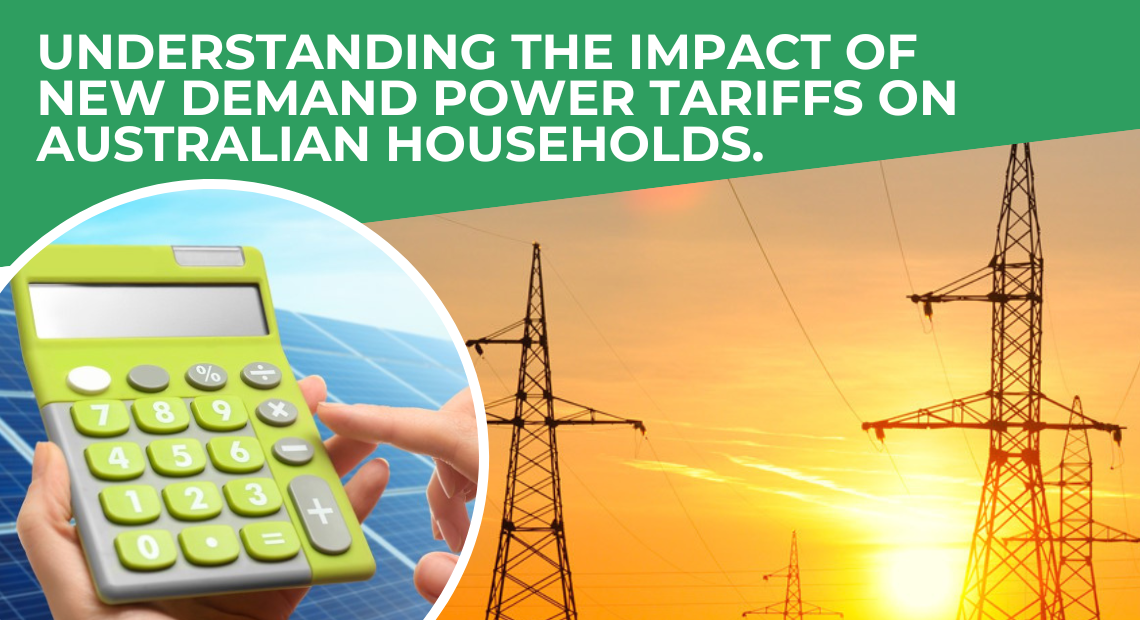The introduction of new demand power tariffs is causing a stir among Australian households, with many feeling the financial pinch. This recent change, aimed at managing electricity consumption during peak periods, has sparked both confusion and concern among consumers.
What Are Demand Power Tariffs?
Demand power tariffs are designed to encourage households to use less electricity during peak times. Unlike traditional tariffs, which charge a flat rate per kilowatt-hour (kWh) of electricity used, demand tariffs impose higher charges for consumption during periods of high demand. This means that households can face significantly higher bills if they use a lot of electricity during peak times, even if their overall usage remains the same.
The Financial Impact on Households
For many Australian families, the shift to demand tariffs has led to unexpected and often substantial increases in their electricity bills. The primary concern is that these tariffs disproportionately affect those who may have less flexibility in their energy usage, such as large families, the elderly, and those working from home.
A key example highlighted in the ABC news article is the experience of Jane Thompson, a Melbourne resident, who saw her electricity bill nearly double after the implementation of demand tariffs. “We’ve always been conscious of our energy use, but these new charges are a shock,” she said. Jane’s experience is not unique, as many households across the country report similar spikes in their energy costs.
Strategies to Manage Electricity Costs
Despite the challenges, there are strategies that households can adopt to mitigate the impact of demand tariffs. These include:
- Shifting Energy Use: By scheduling high-energy activities, such as using washing machines and dishwashers, during off-peak times, households can avoid higher charges.
- Energy Efficiency: Upgrading to energy-efficient appliances and improving home insulation can reduce overall energy consumption.
- Solar Power: Installing solar panels can provide a sustainable way to generate electricity and reduce reliance on the grid, especially during peak times.
- Battery Storage: Coupling solar power with battery storage systems allows households to store excess energy generated during the day for use during peak times. This not only maximises the benefits of solar power but also provides a buffer against high demand tariffs.
The Role of Renewable Energy
Renewable energy solutions, such as solar power, are becoming increasingly important in the context of rising energy costs. Solar installations allow households to generate their own electricity, which can significantly offset the impact of demand tariffs. Additionally, with the availability of government subsidies and incentives, the transition to solar power is more accessible than ever.
Conclusion
The introduction of demand power tariffs marks a significant shift in how electricity is billed in Australia. While this change aims to promote more efficient energy use, it also presents new challenges for households. By understanding the implications of these tariffs and exploring energy-saving strategies, including the adoption of renewable energy solutions and battery storage, Australian families can better manage their electricity costs and contribute to a more sustainable future.
At Specialized Solar and Electrical, we are committed to helping our customers navigate these changes and find effective solutions to reduce their energy bills. If you’re considering making the switch to solar power and battery storage or need advice on managing your electricity costs, our team is here to assist you. Contact us today












